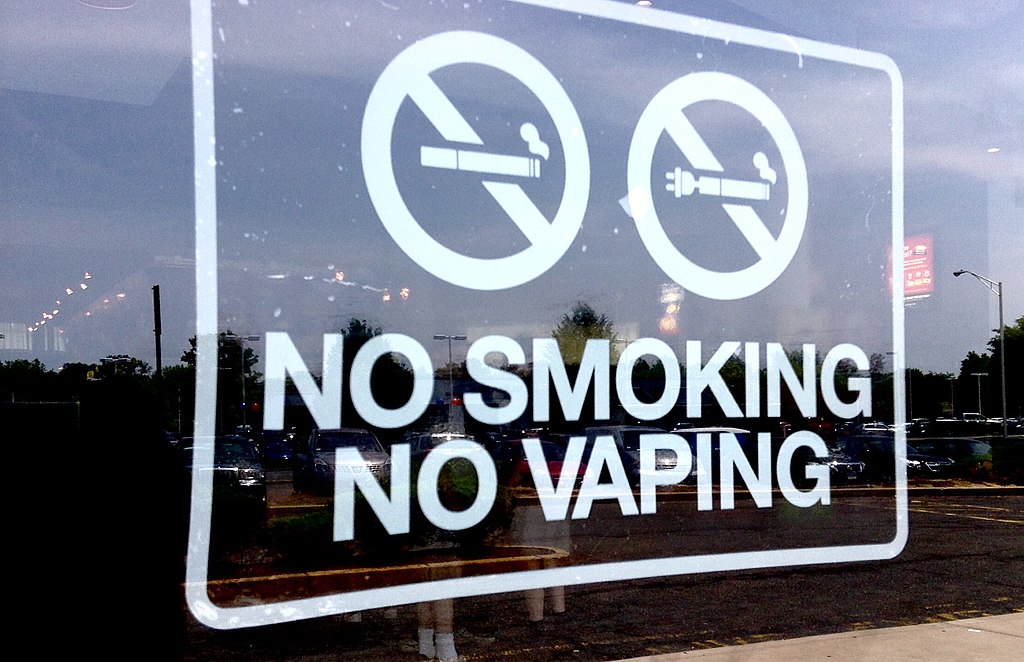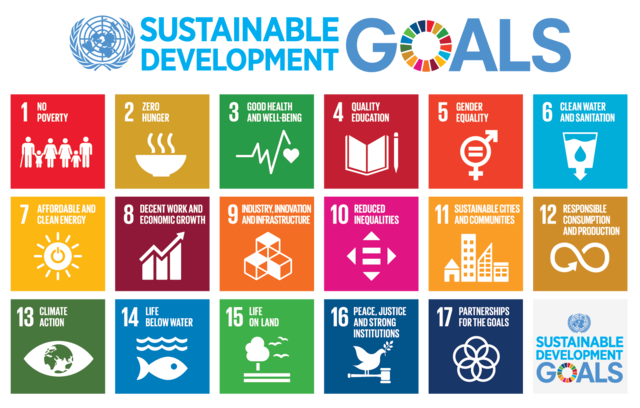6 Wicked problems
The concept of ‘wicked problems’ was first proposed by planning engineers Horst Rittell and Melville Webber in 1973 to contrast the difference between ‘tame’ problems – which could be resolved using standard scientific techniques – and complex, policy-based problems – which were neither simply nor completely resolvable. They said because wicked problems exist within pluralistic societies there was no way of knowing what was an “undisputable public good” and there was no clear picture of what “equity” meant when making decisions (1973, p. 155).
Wicked problems may have emerged from urban policy planning, but they are now used to describe social, political, environmental and economic problems more broadly. These problems are typically surrounded by disagreement, inadequate or conflicting information, large numbers of stakeholders and webs of interconnected interests. The Australian Government defines a wicked problem as a problem which is “highly resistant to resolution” (2018).
While not everyone agrees with the somewhat simplistic distinction between ‘wicked’ and ‘tame’, the concept does give us a way of categorizing and thinking about complex problems. Moreover, it proposes that we use a problematization approach which calls for consideration from many viewpoints while constantly reflecting during the process of problem-solving. Much of the thinking that has continued about wicked problems has elements in common with public interest problems, with problematization at the centre, and, correspondingly, the need for effective and multi-faceted public interest communication.
Here is a useful explanation:
Here are the ten reasons Horst and Webber gave to describe wicked problems.
- There is no definitive formulation of a wicked problem.
- Wicked problems are often ongoing.
- Solutions to wicked problems are not true or false, good or bad.
- There is no immediate and no ultimate test of a solution to a wicked problem.
- All attempts to find solutions have effects that may not be reversable.
- Wicked problems do not have a set of solutions.
- Every wicked problem is essentially unique.
- Every wicked problem can be considered to be a symptom of another problem.
- There are many explanations for wicked problems.
- There are no ‘right’ or ‘wrong’ answers. (see Johnston & Glenny, 2021 for this summary; adapted from Rittell & Webber, 1973)
As such, wicked problems do not have complete, technical solutions because they involve competing underlying values and interests which often present paradoxes that require tough choices between opposing ideas. Listen to the following podcast for an overview of how different groups and individuals make these tough choices regarding homelessness.
Podcast: Madeleine Wright investigates the wicked problem of homelessness
In this podcast Madeleine takes a ‘glocal’ look at homelessness, reporting on how ‘Rosies – Friends of the Street’ helps the homeless in Brisbane, Australia. She explains the difficult and complex issue of homelessness: “You can’t just give people a home. It’s a far deeper issue”. Madeleine explores how working with homeless people at the local level emerges from the first of the UN Sustainability Goals, listed below — No Poverty. Listen to Madeleine’s interview with Rosie’s board member Bob Elliott who says the problem of homelessness may not be solvable but “we can address and solve some of the symptoms”.
Not solving wicked problems
However, just because wicked problems cannot be categorically or fully resolved, they still need to be managed. We don’t throw our arms up in the air and say: ‘forget climate change because it’s too hard’ or ‘terrorism will always be around so why bother trying to mitigate it?’. And it is the management of these complex problems, that includes effective communication at many levels, and with many publics, that is important.
How we communicate about wicked problems can make a difference. Different voices need to be heard because there is always a range of publics and interests involved in any wicked problem. However, adversarial tactics which rely on ‘good-versus-bad’ or ‘us-versus-them’ approaches can create misunderstandings and undue polarization (Turnbull & Hoppe, 2019). When this occurs and ideas are represented as ‘binaries’, or opposites, they can exacerbate difference and be unproductive. Let’s take a look at the wicked problem of smoking: still a wicked problem but one that has been addressed over decades of strategic management and communication. This complex public health issue also illustrates how the public interest in an issue can change over time when new knowledge and changing social mores drive shifts in acceptable public behaviours.
Australia’s National Tobacco Strategy
In 1997 Australia’s National Tobacco Strategy was established to attack the wicked problem of smoking.
It required adaptive change because smoking was entrenched in the social fabric of Australian society. It included regulation to control promotion, developing taxation, establishing health warnings and pharmacotherapies, setting up cessation services such as helplines, and information campaigns. Part of the strategy was to become the first country to legislate plain packaging of cigarettes in 2012 (Australian Government, 2018).
Today smoking remains a problem but the scope of its ‘wickedness’ has been reduced. This has included the deliberative and purposeful engagement with stakeholders, including helping those who want to give up make the change.
Watch the short video from the BBC where Dr Paul Harrison from Deakin University explains why plain packaging on cigarettes is expected to reduce smoking over time.
Perhaps it’s no surprise that the wicked problem of tobacco has re-emerged as a new, related wicked problem – vaping or e-cigarette use. Check out the list above — wicked problems don’t just disappear. However, they are also unique. We could say the same for vaping – smoking of a different kind, right? In mid-2024 the Australian Government brought in legislation to significantly restrict the sale of e-cigarettes throughout the country. The government had previously announced “strong action to reduce smoking and stamp out vaping – particularly among young Australians – through stronger legislation, enforcement, education and support” (https://www.health.gov.au/ministers/the-hon-mark-butler-mp/media/taking-action-on-smoking-and-vaping). The Federal Health Minister further said “Australia needs to reclaim its position as a world leader on tobacco control” (Butler, 2023).
Under the new laws, from 1 July 2024, e-cigarettes may only be sold in pharmacies, and only to over-18s without a prescription. They will also follow the same path as cigarettes and move to plain packaging, with the removal of most flavoured vapes from the market. A doctor from Harvard Medical School commented that: “Perhaps vaping should be viewed as a ‘lesser of evils’ for current cigarette smokers. Still, it’s clear that there is a lot about vaping we don’t know…It took many years to recognize the damage cigarettes can cause. We could be on a similar path with vaping,” (Shmerling, 2023).
Vaping and e-cigarettes: Views on Australia’s 2024 new laws

The issue of vaping and e-cigarettes is now a hot-button topic. Australia’s decision has sparked global interest including from the media, as shown by these videos:
- CNA: Australia to ban recreational vaping as part of a major crackdown (https://www.youtube.com/watch?v=35GbHBinJnQ)
- Behind the News: Australia’s new vape ban explained. (https://www.youtube.com/watch?v=JVEumtp2dSM)
- ABC News In-depth: Will Australia’s new vaping laws work? (https://www.youtube.com/watch?v=aLkEDvccl_Q)
As you watch, consider the communication and media content surrounding these decisions in light of the 10-points above. What do different stakeholders think? What are your views?
Communication and wicked problems
In recent thinking from communication scholars, two dominant models of managing wicked problems have been identified: these are 1. external expertise and 2. advocacy. However, while experts and advocates are critical resources for problem-solving, they are not sufficient for wicked problems. Carcasson therefore adds a third option: deliberative democracy (2016). Such a perspective envisions democracy as an ongoing collaborative process of constant communication and negotiation focused on solving common problems, rather than an adversarial zero-sum exercise between stable, competing interests, or a technocratic world of experts searching for the best solutions.
These perspectives, which include expert-led, advocate-led, and community-led approaches, share common ground with the work of early leading democracy scholars Walter Lippmann and John Dewey (see Chapter 1) who saw public interest achieved via different routes. Lippmann chose the expert-led route; while Dewey saw deliberation, driven by the public, as the best way to achieve desired public interest outcomes (Johnston & Pieczka, 2018).
However, as Carcasson and Sprain suggest: “Rather than attempting to solve wicked problems, communities need better processes for discovering, understanding, and managing the tensions and paradoxes inherent within systemic, value-laden problems” (2016, p. 41).
Communication and working with the existing tensions, rather than against them, might thus provide strategies for dealing with wicked problems.
These may include the following points:
- Collective action – involving a range of actors and groups which share common values or goals, to bring about change.
- Adaptive change – requiring new ways of thinking and learning, and preparedness to consider different solutions.
- Deliberative engagement – bringing together citizens or those affected in a community with the decision-makers or officials.
- Taking a ‘glocal’ approach – understanding that many wicked problems are global but need to be managed at a local level.
- Breaking down the problem – creating categories, sub-categories and an incremental approach to a problem is not so overwhelming.
- Moving away from binary thinking — where strict divisions of good and bad, right and wrong, can undermine problem-solving.
- Developing ongoing aims and objectives – in breaking down the problem consider SMART objectives to provide something to aim toward, keeping in mind that wicked problems will probably defy some of these.
The United Nations Sustainable Development Goals
In 2015, the United Nations adopted 17 Sustainable Development Goals (SDGs, or Global Goals) which centre on protecting the planet, ending poverty, hunger and discrimination, and tackling injustice and inequality, by the year 2030.
These are the goals:

With the exception of Goal 17, these are also wicked problems: none can be solved in a simple, linear, quick, or uniform way. What’s more, the problems embedded within the goals are interlinked, which makes them all the more complicated and difficult to resolve. Nearly 200 countries which have signed up to these goals will undertake advancing them in different, culturally sensitive ways that can be applied at local levels.
The declaration of the goals, including the vision, principles, and how the partnership is envisaged (see Goal 17) is explained here: https://sdgs.un.org/2030agenda
UN case studies on advancing the Sustainable Development Goals
The United Nations website provides an extensive list of case studies demonstrating how local communities have developed best practices to advance the 17 Sustainable Development Goals. Visit the site to explore a few of these examples, including:
- Addressing Violence against women in Bangladesh
- Energy efficiency and renewable energy sources in Bosnia and Herzegovina
- Creative industries alleviate poverty in Peru
After reviewing these case studies visit https://sdgs.un.org/2030agenda. Consider the following task and questions:
- Read the plan of action at the above link and explain how the goals link to people, planet, prosperity, peace and partnership.
- Use a ‘glocal’ approach to think of ways to manage these global problems at a local level.
An approach which considers or treats an issue as a problem requiring a solution.
To view something as a problem requiring a solution to allow new viewpoints, approaches and action to emerge
Changes made to address more nebulous challenges or issues by experimenting with new approaches and practices.
A form of democracy in which deliberation is central to decision-making and where people are placed closer to the affairs of government and decision-makers
Binary thinking refers to seeing things as opposites, black-and-white, right-and-wrong, with no middle ground, thus ignoring the nuances, contexts and complexities that exist within any given situation.
An acronym meaning 'Specific', 'Measurable', 'Action-based', 'Realistic', 'Time-bound'.

